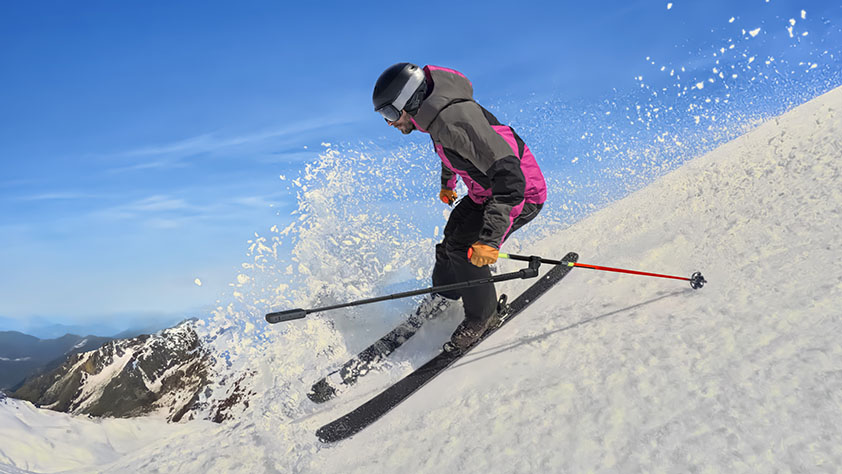Low light photography can be both challenging and rewarding. Capturing stunning images when the light is scarce requires a mix of technical know-how and creative flair. Whether you're shooting a cityscape at dusk, a starry night sky, or an intimate indoor scene, mastering low light photography will elevate your skills and help you create memorable images.
Insta360 cameras, with their advanced sensors and image stabilization features, excel in low light conditions. Models like Insta360 Ace Pro 2 and X4 are designed to handle these challenges, offering you the tools you need to capture incredible photos and videos even when the light is low.
Let's walk you through our top 10 tips for low light photography to help you master the night with your camera.
Top 10 Tips for Low Light Photography
1. Master Your Camera Settings
Understanding your camera settings is the foundation of successful low light photography. The exposure triangle includes ISO, aperture, and shutter speed. This plays a crucial role in capturing the right amount of light. Here’s a quick rundown:
- ISO controls the camera’s sensitivity to light. Higher ISO settings allow you to shoot in darker conditions but can introduce noise (graininess) to your image.
- Aperture controls how much light enters the lens. A wider aperture (lower f-stop number) lets in more light, which is essential for low light photography.
- Shutter Speed controls how long the camera’s sensor is exposed to light. A slower shutter speed allows more light to reach the sensor but can result in motion blur if not stabilized.
Shooting in manual mode gives you greater control over these settings. Insta360 cameras offer specific modes like PureShot that enhance low light performance, helping you capture clear, vibrant images.
2. Slow Down Your Shutter Speed
A slower shutter speed allows more light to reach the camera sensor, which is crucial for low light photography. Slow shutter speeds are perfect for capturing light trails, star trails, and other creative effects that involve motion. Start with a shutter speed of around 1/60th of a second and adjust as needed.
However, slow shutter speeds can also result in motion blur if the camera isn’t stabilized. Which is why you should...
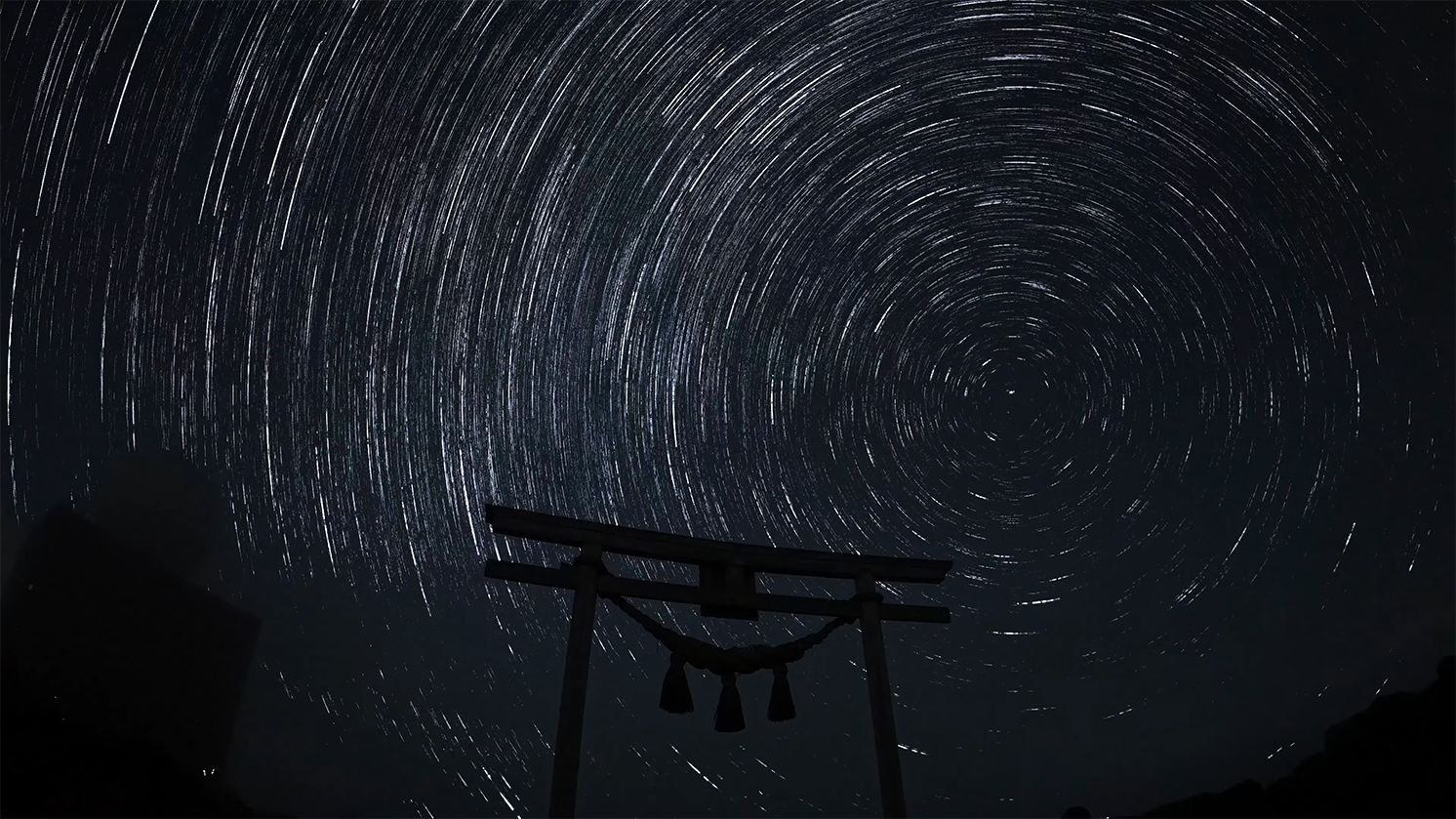
3. Embrace a Tripod
A tripod is a must-have for low light photography. It helps prevent camera shake and unwanted movements, allowing you to use longer shutter speeds without getting blurry images. A tripod and long shutter speed opens up an entire world of creative possibilities.
Look for a sturdy tripod that can hold your camera steady, even in windy conditions. If you don’t have a tripod, you can improvise one by placing your camera on a stable surface or using a monopod.
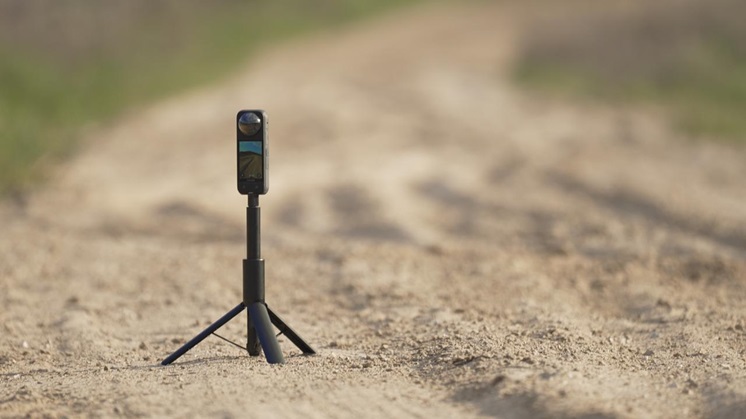
4. Find Your Light
Even in low light conditions, there are often sources of light you can use to your advantage. City lights, moonlight, street lamps, and even car headlights can provide interesting lighting for your photos.
Experiment with these light sources to create mood and depth in your images. For instance, positioning yourself under a street lamp can create dramatic shadows and highlights, adding a creative touch to your photo.
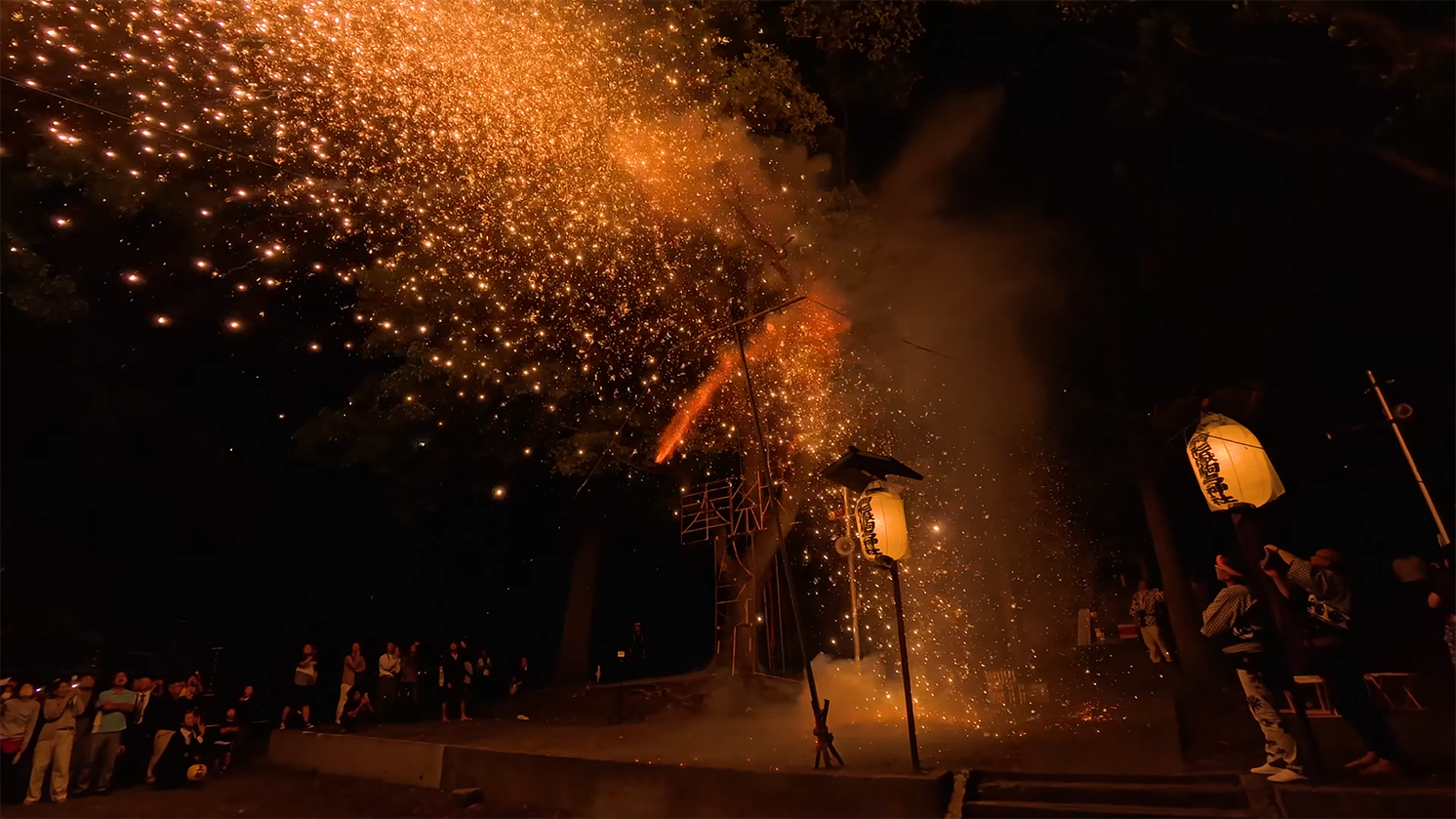
5. Experiment with ISO
ISO is a key player in low light photography. Increasing your ISO setting makes the camera sensor more sensitive to light, allowing you to capture brighter images in dark conditions. However, higher ISO settings can introduce noise into your photos and severely impact the dynamic range. The trick is to find the right balance between exposure and noise.
Start with a moderate ISO setting and gradually increase it until you achieve the desired exposure. Insta360 cameras handle high ISO settings well, minimizing noise and preserving image quality.
6. Open Up Your Aperture
Using a lens with a wide aperture, such as f/1.8 or f/2.8, allows you to capture more light and achieve a shallow depth of field, which can be creatively used to isolate your subject and create beautiful bokeh effects. Adjust your aperture to suit the lighting conditions and the effect you want to achieve.
Most action cameras—including Insta360's—have fixed-aperture lenses. X4 has an f/1.9 lens while Insta360 Ace Pro 2 has an f/2.6 lens. A fixed-aperture lens improves ease of use while also having the benefit of making the camera more durable.
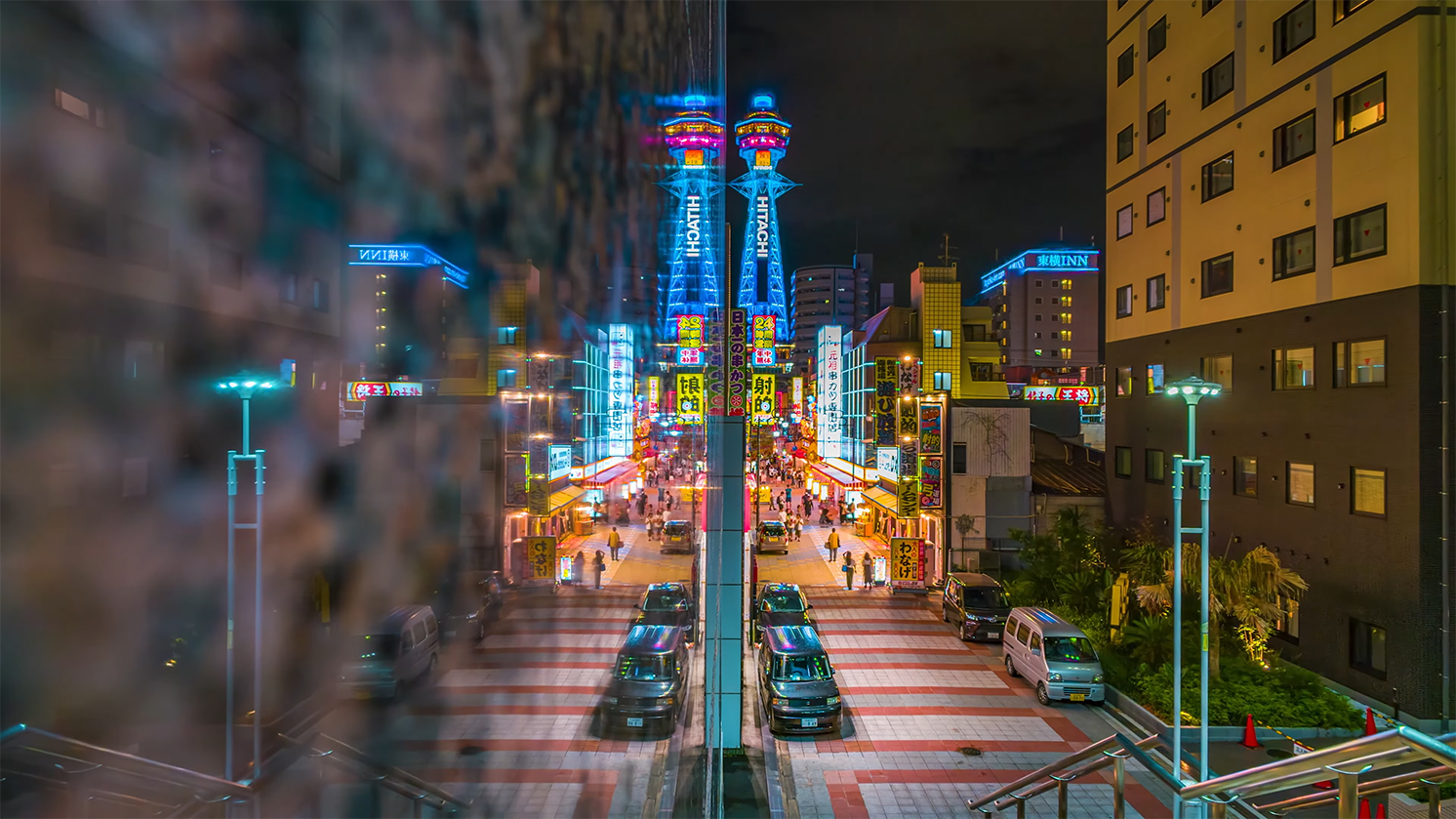
7. Stay Focused
Most Insta360 cameras—like most action cameras in general—have fixed-focus lenses, meaning that they are always in focus on subjects farther away than their minimum focusing distance. In the case of for example Insta360 Ace Pro 2, the minimum focusing distance is a mere 37cm, meaning that everything farther away than that will always be in focus. This is especially useful in low light photography as autofocus tends to struggle in dimly lit environments.
8. Shoot in the Highest Quality Possible
We cannot emphasize this enough. Shooting in the highest quality format (such as RAW) gives you more flexibility in post-processing. RAW files retain all the data captured by the camera sensor, allowing you to make significant adjustments to exposure, white balance, and other settings without losing image quality.
This is particularly useful in low light photography, where you might need to brighten shadows or reduce noise.
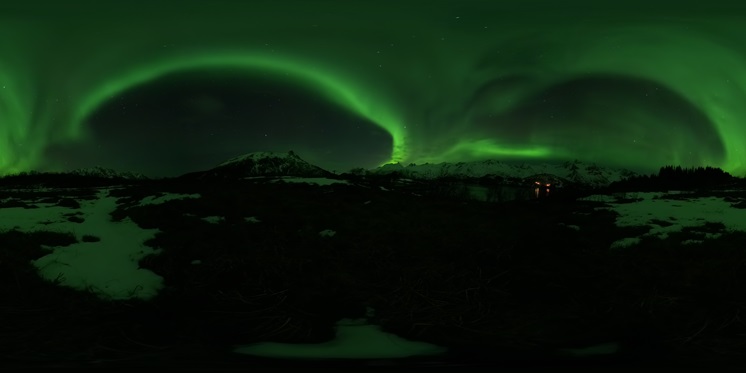
9. Post-Processing Power
Post-processing is a crucial step in low light photography. Use editing software to fine-tune your images and bring out the best in your shots. Key adjustments include:
- Noise Reduction means minimizing the graininess that can appear in low light photos.
- Sharpening means enhancing the details in your image.
- Exposure and Contrast require you to adjust these settings to balance the light and dark areas of your photo.
- Color Correction will ensure the colors in your image look natural and vibrant.
Experiment with different settings to see what works best for your photos. Insta360’s editing software offers powerful tools to help you refine your images.
10. Embrace Creativity
Low light photography is a fantastic opportunity to get creative. Experiment with different techniques like light painting, where you use a light source to draw patterns or write words in your photos. Try silhouette photography, capturing the outline of a subject against a bright background.
Play with reflections, shadows, and other elements to create unique and compelling images. The possibilities are endless, so don’t be afraid to push the boundaries and explore new ideas.
Insta360 Cameras for Low Light Photography
Insta360 cameras are designed to excel in low light conditions, offering a range of features that enhance your ability to capture stunning images and videos at night. Here’s a closer look at two standout models:
1. Insta360 X4
X4 is a versatile camera that performs exceptionally well in most circumstances. With its advanced sensor and image stabilization, X4 is able to shoot 360° video in a stunning 8K. Now that’s quality!
Features like PureShot enhance low light performance, making it easier to shoot vibrant, noise-free photos and videos. Whether you’re capturing a cityscape at night or an intimate indoor scene, X3 delivers impressive results.
2. Insta360 Ace Pro 2
Powered up, AI action. Our super rugged, wide-angle action camera that uses a dual chip system and large sensor to allow for unprecedented quality at night. Just check out these low light shots:
Insta360 Ace Pro 2 stands as a great choice for mastering the night. Whether you’re riding a bike or just taking in the sights, this will nail your night shots!
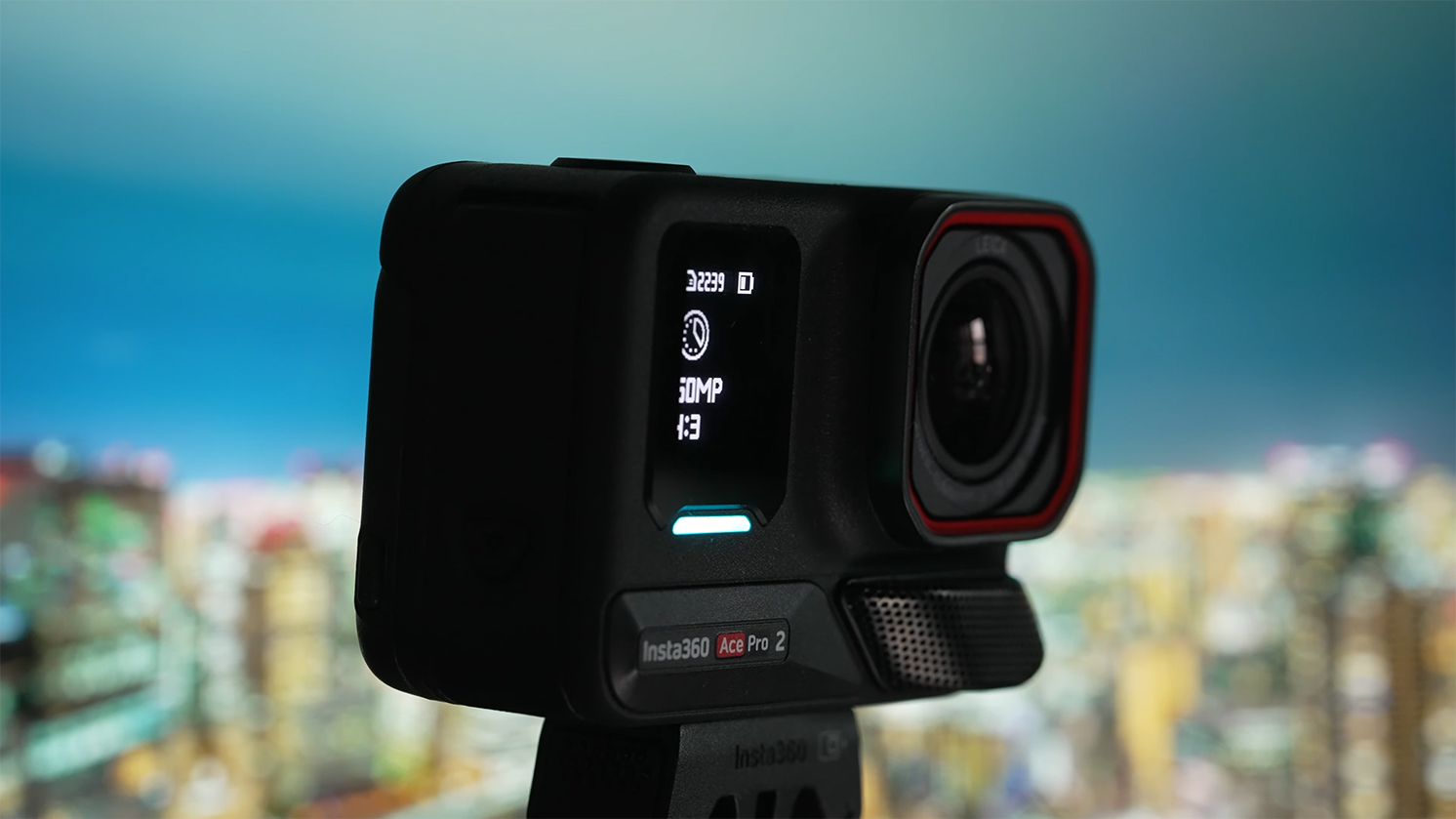
Wrapping Up
Mastering low light photography opens up a world of creative possibilities. By understanding your camera settings, using a tripod, finding your light, and experimenting with different techniques, you can capture stunning images in even the darkest conditions. Insta360 cameras, with their advanced features and exceptional low light performance, are the perfect tools to help you achieve your creative vision.
Remember to practice and experiment with different settings and techniques. The more you shoot, the more you'll learn and improve. Share your low light photos captured with Insta360 cameras on social media and inspire others with your creativity.
Ready to explore the world of low light photography? Check out Insta360's camera lineup and discover the perfect camera for your needs.
Keen to keep up to date on Insta360 stories? Keep an eye on our blog and sign up for our mailing list. Got a story to share? Email yours to communitystories@insta360.com and win up to US$50.

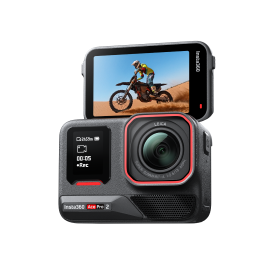

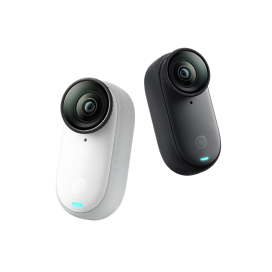
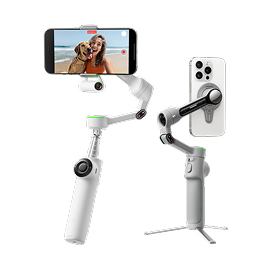
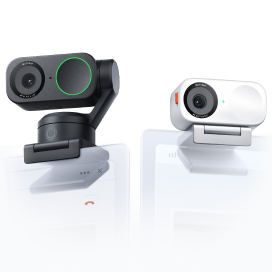
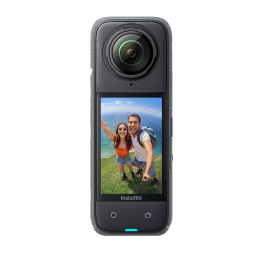
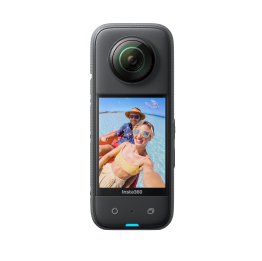

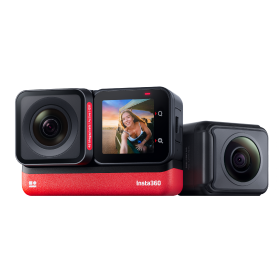
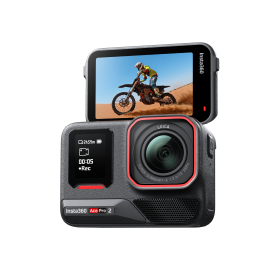

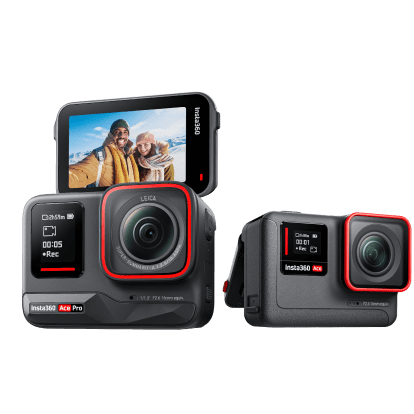
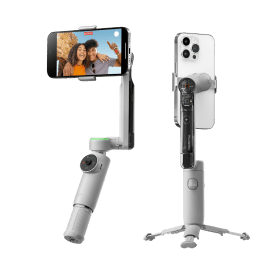










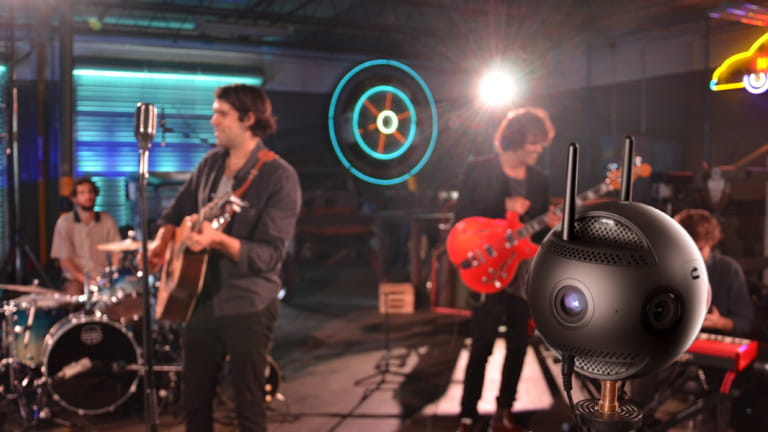
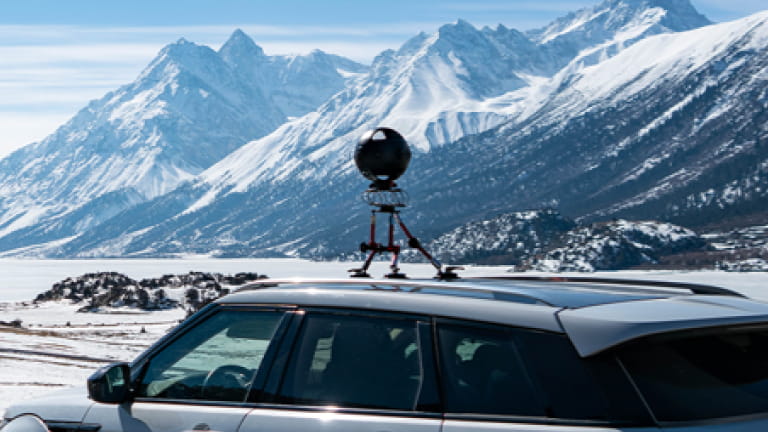






.jpg)
